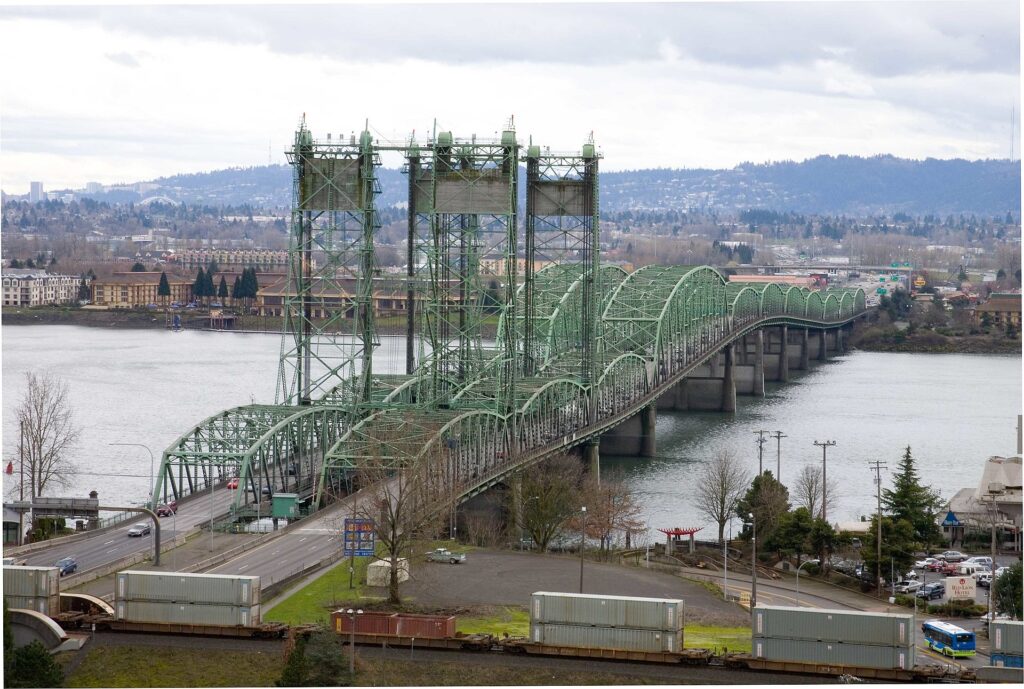
The bridge isn’t likely to withstand an earthquake, but funding issues have plagued the project.
Editor’s note: We talk a lot about infrastructure at the Alliance for American Manufacturing. America’s roads, bridges, water systems, electric grid, public transit, airports, railways, pipelines, dams, and more are all in terrible shape. Investing to fix them will create millions of jobs and boost the economy at a critical time.
But oftentimes, the conversation about infrastructure is rather wonky, failing to fully express just how personal infrastructure is. After all, infrastructure is all around us. It is the pipelines that deliver safe drinking water into our homes and the electricity that powers them; it is the sidewalks in our neighborhoods and the schools where our children learn.
In an occasional series, AAM staffers explore infrastructure needs in their own community, including the piece below on a bridge project that effects two states.
In November 2019, the governors of Washington and Oregon came together to convene a plan to review the Columbia River Crossing Project, which seeks to replace the aging Interstate 5 bridge that connects the two states over the Columbia River.
The current bridge over the Columbia River from Washington to Oregon poses seismic risks and is a major source of congestion. It actually consists of two spans; the northbound bridge was built in 1917, while the southbound bridge opened in 1958.
Officials from both Olympia and Salem know the time to replace is past due. The bridge handles over 137,000 crossings per day, and both governors agree it would not sustain a major earthquake. While there are no concrete cost estimates for such a mega project, estimates predict the cost would likely exceed $3 billion.
This isn't the first time the two states have tried to get to work on replacing the bridge. The project originally begin in 2005, but fell apart in 2013 when Washington lawmakers opted not to fund it. But the need remains, and now Oregon Gov. Kate Brown and Washington Gov. Jay Inslee are trying to get things back on track.
Back in November, the duo dedicated $44 million to revive the project. Just last month, veteran transportation official Greg Johnson was appointed the new program administrator, and will be charged conducting an environmental review and project planning. The hope is that construction can finally start in 2025. {media_1}
But whether the two states can get the job done this time remains unknown. Both governors have indicated there is no way of predicting how much federal funding would be available, and both agreed the project would have a better chance of obtaining dedicated funding as part of a federal package of bridge and transportation appropriations.
It’s worth noting that the Interstate 5 bridge is just one of tens of thousands of bridges across the country in need of major repair. The American Society of Civil Engineers reported in 2017 that roughly 9.1 percent of U.S. bridges – some 56,000 of them – are considered structurally deficient.
Not only would a major investment package help address critical safety issues on these bridges and ease road congestion, but these projects also can create good-paying jobs and invest money into our communities at a critical time, especially if Buy America preferences are included.

